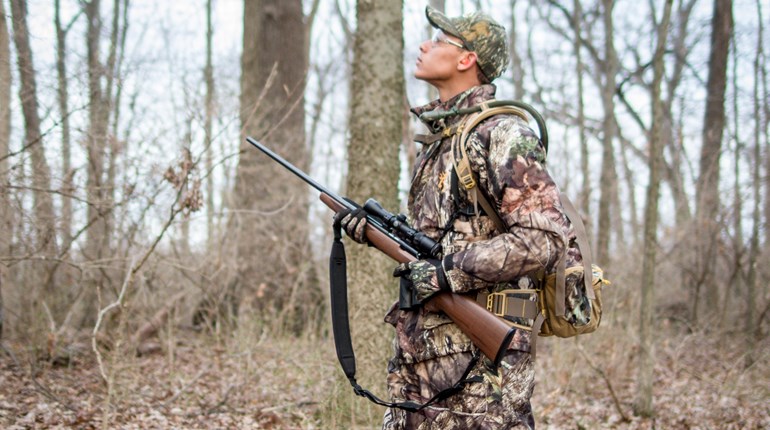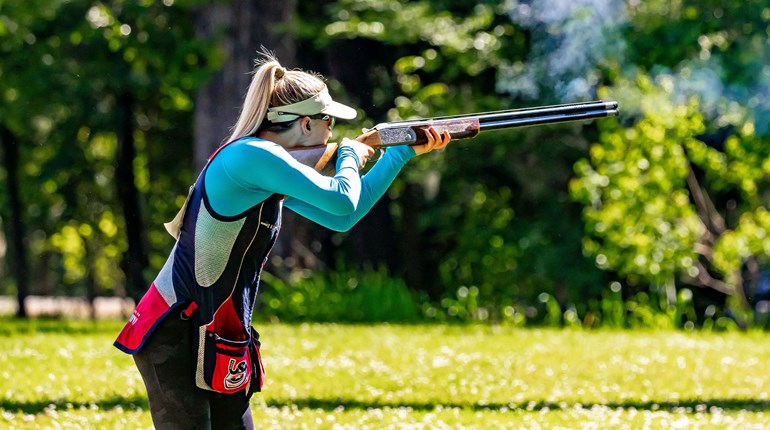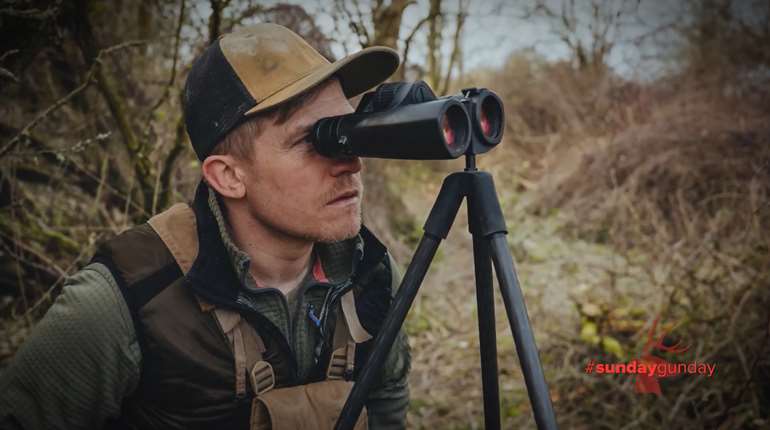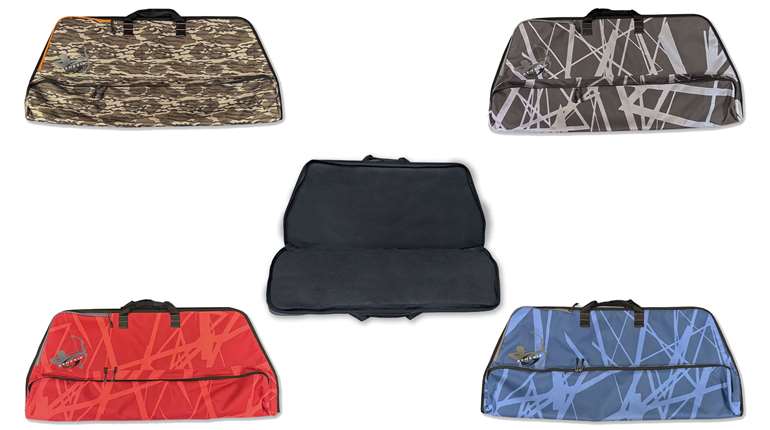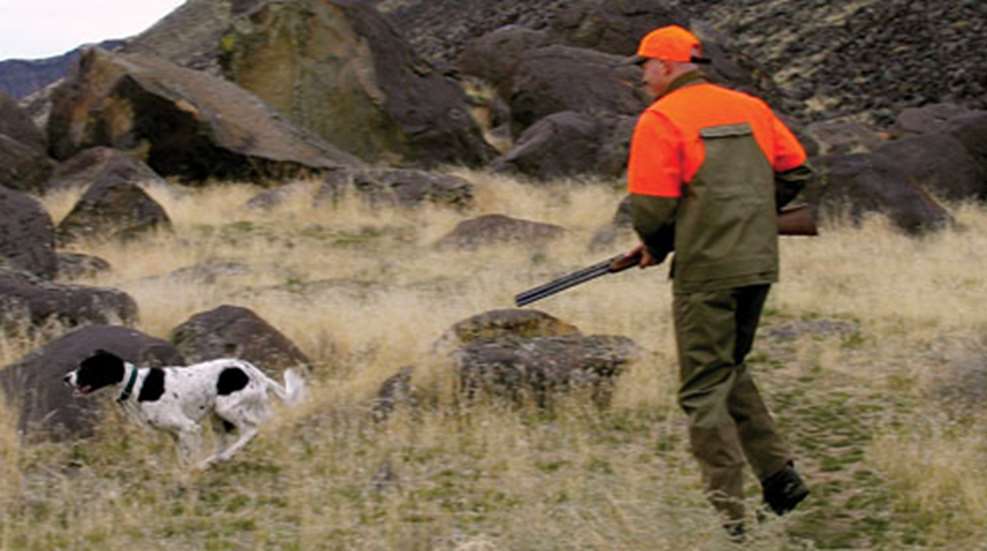
Our Western states are upland bird-hunting paradise—if you don’t mind losing your dog. The wonderful diversity of birds (seven grouse, four quail, two partridges and pheasants), millions of acres of public land and long seasons are matched only by the ways this harsh land can injure or kill unprepared dogs. Let us consider some dangers: rattlesnake bites, scorpion stings, old mine shafts, 1,000-foot cliffs, falling rocks, raging whitewater rivers, quicksand, spear grass, porcupines, confusing canyons, wolves, bears and cougars.
Sure, these are serious issues, but bird hunting has never been a Frisbee game in the park. So while it’s true the West can be a hard place for man and beast, when properly prepared you and your four-legged partner can hunt it successfully and enjoy the best upland gunning North America has to offer.
Brake for Snakes
Protecting your dog from snakes and porcupines is easy. Once the dog is acclimated to an e-collar, crank it up. Then place a snake in a fairly open field. Let Dog hunt until he sees said snake and moves in to investigate, then light him up. Better a painful jolt now than a poisonous snakebite later. After this episode, hide the snake in grass or weeds and see if Dog will investigate again based on scent alone. Zap him for his troubles. Finally, beg, borrow or steal a set of rattlesnake rattles, tie them to a stick you can rattle by shaking with a line (or mount it on a vibrating motor of some kind) and hide this in the grass. Shake that rattle and when Dog moves in to investigate, zap him. You might need a refresher lesson the following year.
Do something similar with a porcupine, even if it’s a roadkill. If you can’t find one before heading West, keep Dog’s collar on at all times because eventually he’ll stumble onto a porky. Zap him the first chance you get.
Avoid Flying Dogs
Dogs are lousy fliers. So teach yours to not launch off cliffs. Idaho is especially prone to cliffy landscapes, and when a novice dog, which is used to endless flat fields, races full speed across parts of Idaho, he’s quite capable of running into thin air. Run Dog on a check cord toward an abrupt cliff—the kind that starts instantly on the backside of tall grass or sagebrush. Pull him up short right at the edge or let him dangle for a second to really let the lesson sink in. Do this over a 10- or 20-foot drop rather than a 1,000-footer.
Teaching Dog to avoid old mine shafts and other hazards is a similar process. When you discover such booby traps, lead your partner to them and let him cautiously sniff out things. Take him to the edge of raging rivers while on a secure lead. Let him wade and perhaps even get swept through a short riffle or over a small falls—something safe but nonetheless frightening enough to discourage him.
I have seen dogs get into sticky situations with quicksand—fortunately none that couldn’t be reached and rescued. You might do the e-collar avoidance training when Dog enters particularly sloppy mud and sand, the kind in which he starts to sink and bog down.
Bug Off
Insect stings are best handled by scraping off the venom sac quickly then watching for signs of allergic reaction. Common, over-the-counter Benadryl at 1mg per pound of body weight should suffice. Ask your vet about an Epinephrine bee sting kit for Dog if he’s extremely allergic.
Legal but Deadly Grass
Sharp-tipped seeds from several species like cheat and needle grass can get into Dog’s skin, ears, eyes, nose and throat.Trimming hair between toes and around ears lets trapped seeds escape easier. Conduct after-hunt seed-checks between toes, in chest, belly and armpits. Sneezing and head shaking indicate seeds in nose and ears. Search with flashlight and remove them with needle-nosed pliers or hemostat. Don’t go poking too deep and damage eardrums. Consult a vet. Weepy and matted eyes suggest a seed under the eyelid. Remove if possible.
Big Bad Wolf
Wolves attack and kill every canine not in their pack. Teach Dog to hunt close in wolf, grizzly and cougar country, which is much of the West. Train Dog to come instantly when summoned. Use a whistle for long-range reach and/or an e-collar with a loud locator tone. Locator tones are great for finding dogs in canyons and broken country, too.












